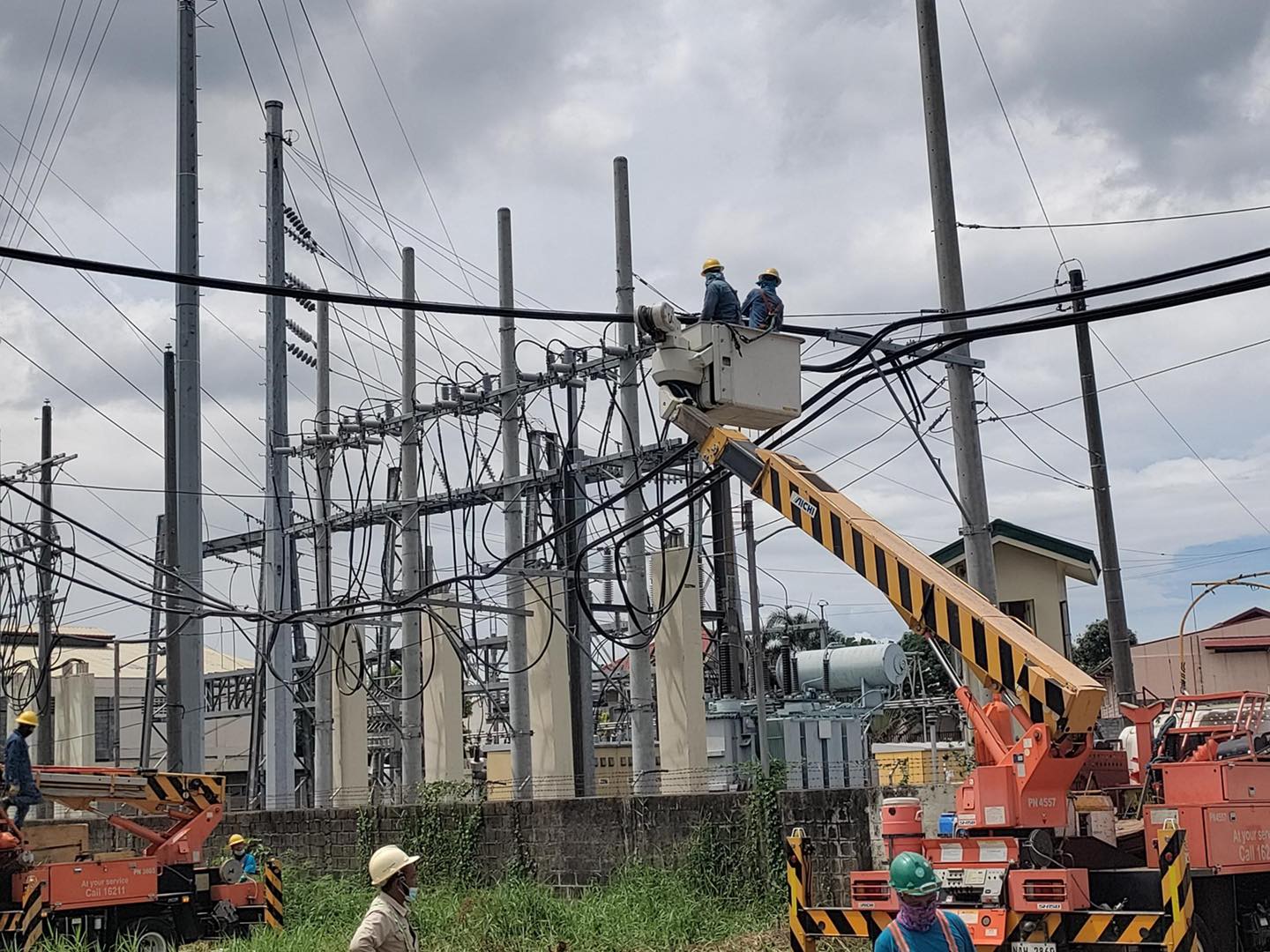No brownouts, despite 'yellow alerts' likely during hot summer season, says DOE

The Department of Energy (DOE) said the country is likely to experience “yellow alerts” during the summer season, even as it assured that there will be sufficient electricity supply to avoid any power shortages or issues.
In a PTV interview on Wednesday, April 2, DOE Assistant Secretary Mario Marasigan shared the likelihood of yellow alerts, which are issued when a power plant fails, but supply remains sufficient to meet demand.
Marasigan clarified that this will not equate to power outages.
“Based on our simulations, we’re not dismissing the chances of yellow alerts. But we’d like to clarify that yellow alerts do not mean brownouts; there [are] just going to be thin reserves,” he said.
He also reported that the government has activated an interruptible load program (ILP), which would help stabilize the power grid during high-demand periods and supply shortages.
“If [yellow or red alerts] are unavoidable, there are contingency and mitigating measures to avoid brownouts. Just because [there’s a possibility of these alerts] doesn’t automatically mean a brownout.”
The government is also working closely with the Department of Science and Technology’s (DOST) Philippine Atmospheric, Geophysical, and Astronomical Services Administration (PAGASA) to monitor heat index levels during this year’s summer season and assess power supply and demand.
With the midterm elections in May approaching, Marasigan noted that the DOE has an initiative to address the power situation before, during, and after voting day.
“We have an election task force that has already been activated. We met with the Commission on Elections (COMELEC) to prepare areas and facilities needed [for the elections]… All stakeholders have been advised of this as well.”
According to the Energy official, no plant repairs or maintenance programs will be scheduled one week before or after elections, while all power plants will operate at maximum output during this period.
In a separate interview, Energy Undersecretary Rowena Guevara shared that government actions to prepare for and address the summer situation are currently underway.
“We’re doing okay so far. We’ve also been closely monitoring the PAGASA heat index. As you may have noticed, we requested the public’s cooperation, and people have responded well. Our demand in Luzon is just a little over 10 gigawatts (GW), while it’s normally around 12 GW,” she told reporters during an ambush interview on Wednesday.
She also stated that if there were any possible plant shutdowns in April or May, they would likely involve hydropower technologies.
Recalling the shutdown of the liquefied natural gas (LNG) plants of South Premiere Power Corp. (SPPC) and Excellent Energy Resources Inc. (EERI) over the weekend, Guevara provided an update that these temporary suspensions of operations have been completed.
“We are very happy that the tank one of EERI and SPPC has been successfully installed, and we were told that by the middle of May, instead of the 1,350 megawatts (MW) we have from those two plants now, we will reach 2,500 MW so we’ll be fine this summer,” she said.
“We are just hoping that other plants will not have outages, and that was the reason why we have to delay the plant shutdown of EERI and SPPC because the Sual plant went down two weeks ago,” Guevara added.